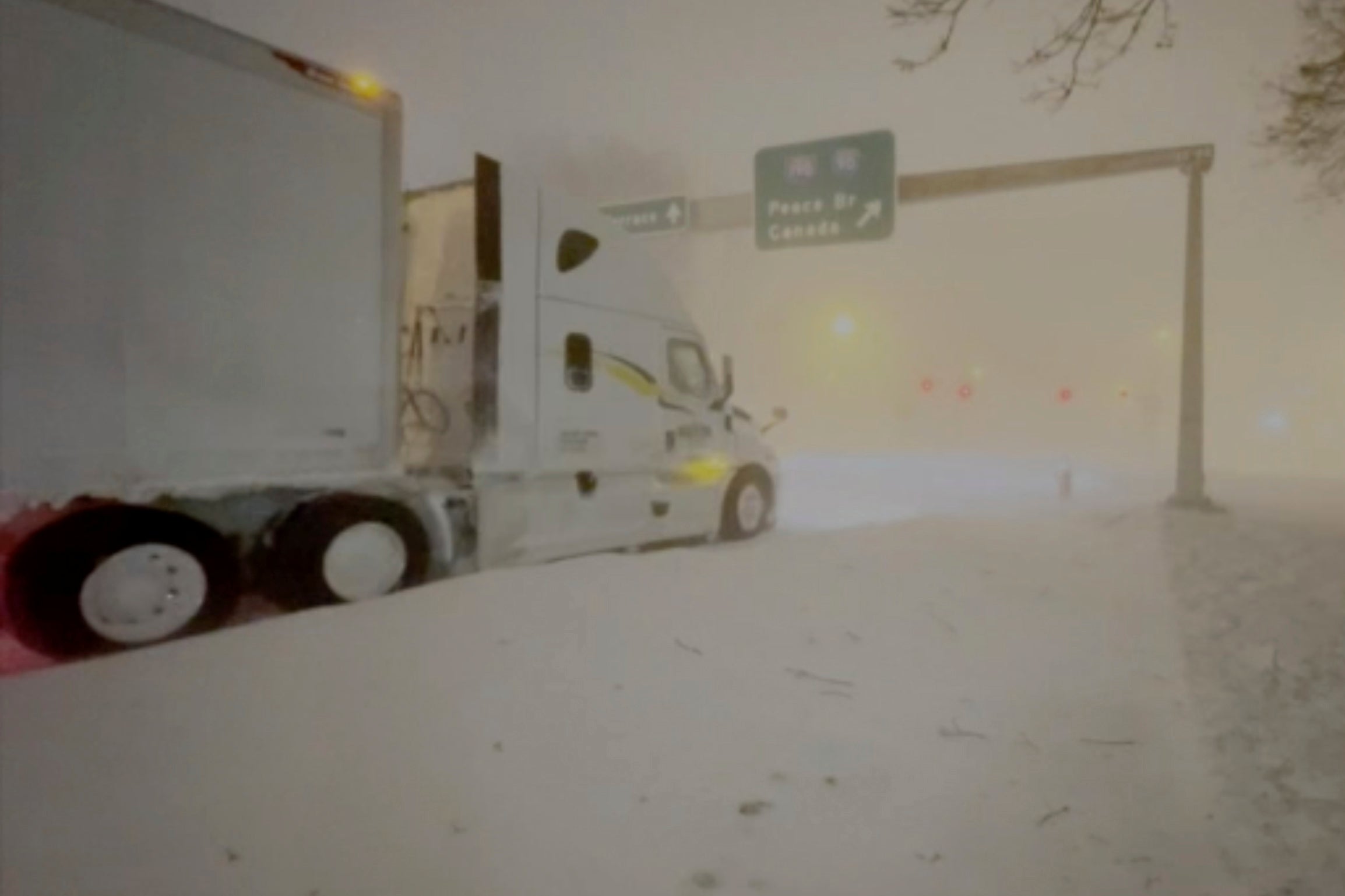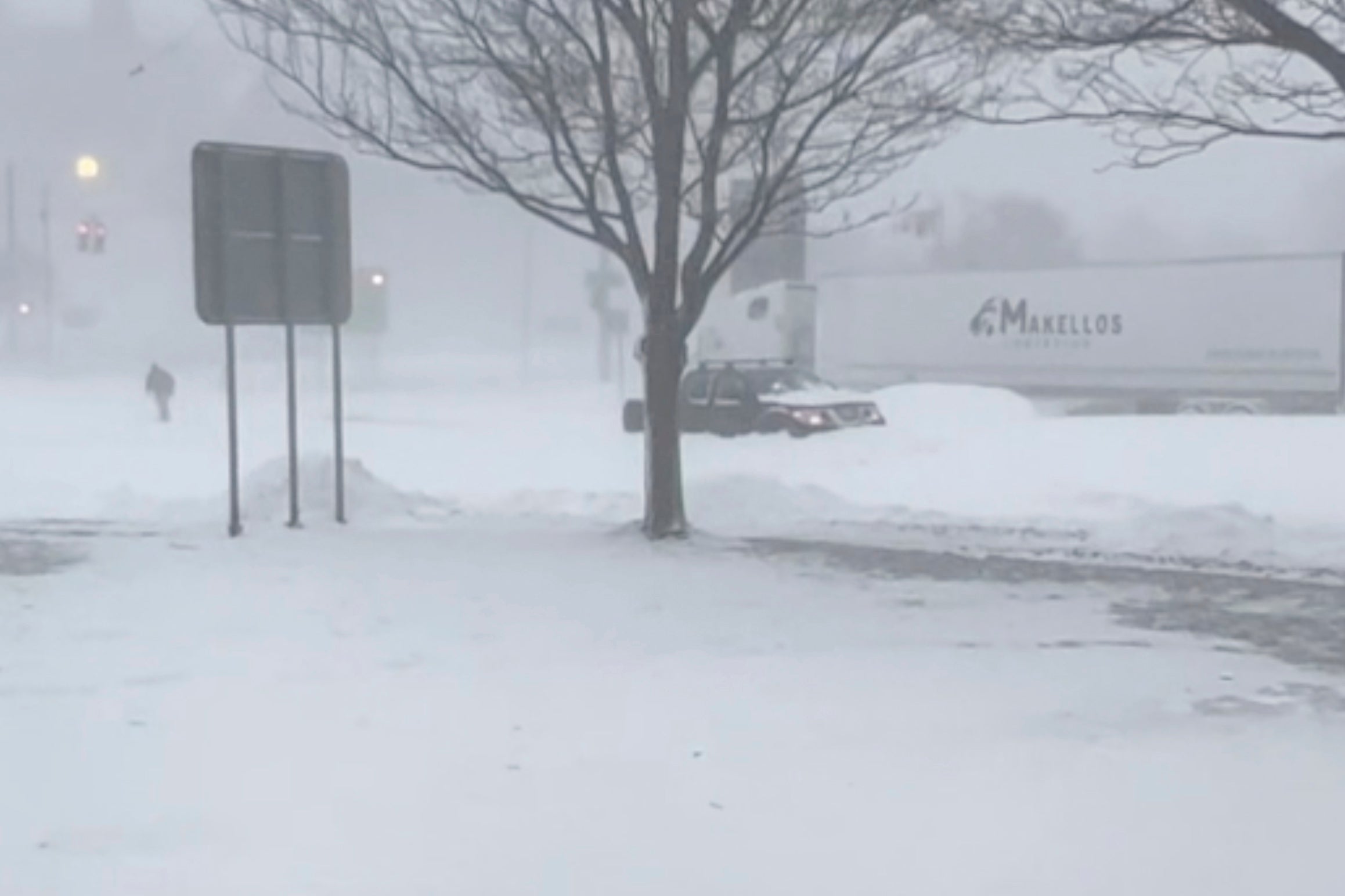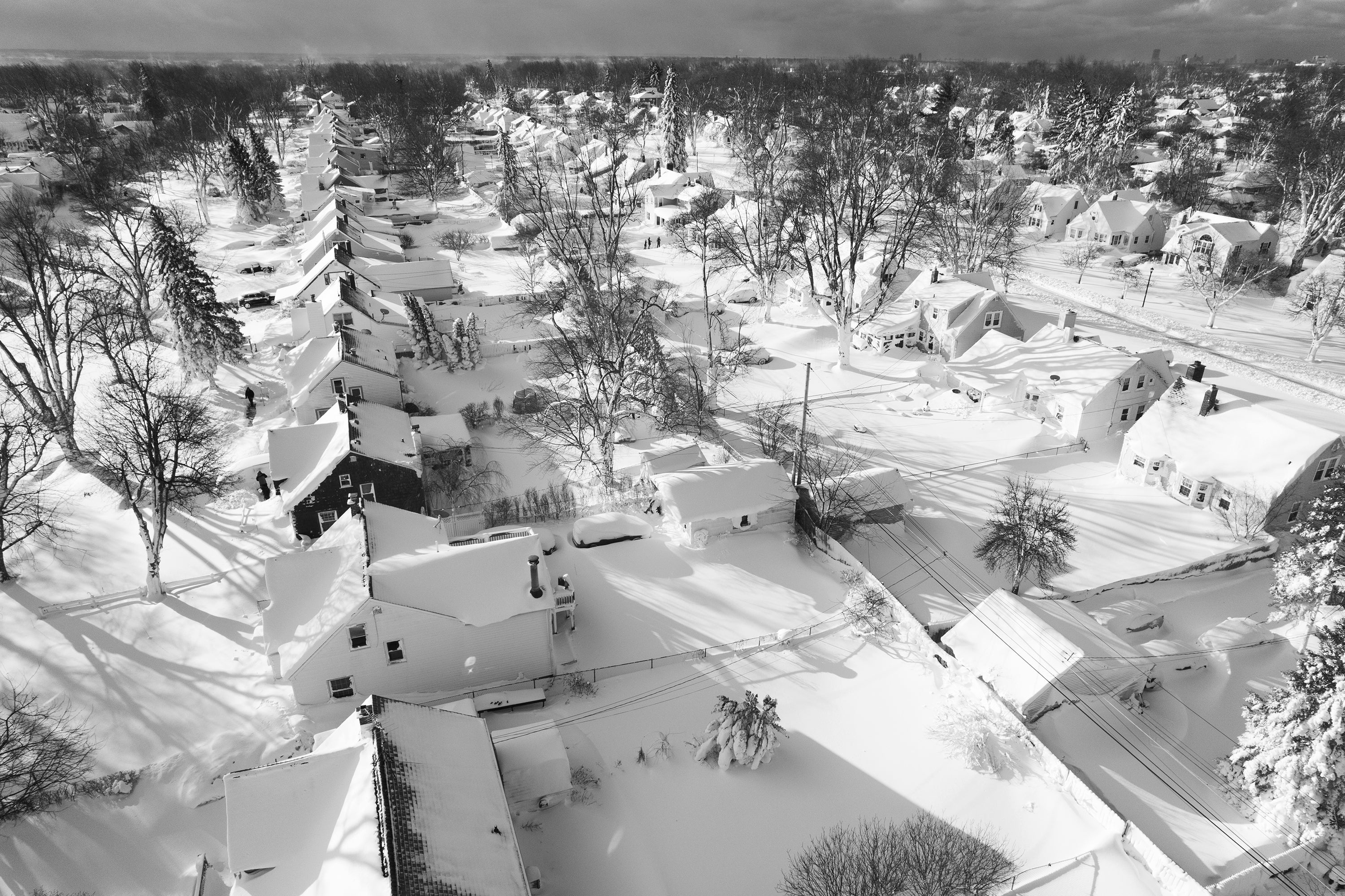Winter Storm Elliott death toll climbs to 56 as thousands still without power in -40 temperatures
Bomb cyclone death toll climbs as emergency response efforts are paralysed by blizzards
Your support helps us to tell the story
From reproductive rights to climate change to Big Tech, The Independent is on the ground when the story is developing. Whether it's investigating the financials of Elon Musk's pro-Trump PAC or producing our latest documentary, 'The A Word', which shines a light on the American women fighting for reproductive rights, we know how important it is to parse out the facts from the messaging.
At such a critical moment in US history, we need reporters on the ground. Your donation allows us to keep sending journalists to speak to both sides of the story.
The Independent is trusted by Americans across the entire political spectrum. And unlike many other quality news outlets, we choose not to lock Americans out of our reporting and analysis with paywalls. We believe quality journalism should be available to everyone, paid for by those who can afford it.
Your support makes all the difference.The death toll from an “epic, once-in-a-lifetime” storm that has wrought havoc across the United States rose to at least 56, with the Buffalo area of New York state being one of the hardest-hit places.
Winter storm Elliott has brought temperatures as low as -50F (-45C) across a vast swathe of North America, from the Great Lakes near Canada to Arizona.
More than a million households were without power on Christmas Day according to poweroutage.us, while the travel plans of tens of thousands of people were disrupted by cancelled flights and dangerous roads.
In Buffalo, at least 27 people died after hurricane-force winds and snow caused whiteout conditions that paralysed emergency response efforts. Up to nine more inches of snow is expected to fall in some areas of western New York through Tuesday, according to the National Weather Service.
Almost every emergency vehicle in Buffalo became stranded on Saturday, while some drivers were trapped in their cars for two days.
Police said there had been two “isolated” instances of looting in the city during the storm, according to Associated Press.
President Joe Biden issued a federal emergency declaration for New York state, authorising government assistance to bolster recovery efforts. “We stand ready to make sure they have the resources they need to get through this,” Mr Biden said in a tweet.
New York governor Kathy Hochul described the situation in Buffalo as like a “war zone”, calling it an “epic, once-in-a-lifetime” disaster that ranked alongside a crippling 1977 blizzard that killed nearly 30 people.

“This is a war with mother nature, and she has been hitting us with everything she has,” the governor said on Monday.
“This will go down in history as the most devastating storm in Buffalo’s long, storied history of having battled many battles, many, many major storms,” Ms Hochul added.
With snow continuing to fall on top of more than 4 feet dumped on Buffalo since the blizzard took shape on Friday, New York’s second-largest city stood as ground zero.
Deaths were recorded in at least 12 states: Colorado, Illinois, Kansas, Kentucky, Michigan, Missouri, Nebraska, New York, Ohio, Oklahoma, Tennessee and Wisconsin, according to NBC News.

The National Weather Service warned that a “band of heavy lake-effect snow” was producing an additional 2 to 3 inches of hourly snowfall in a Monday morning bulletin.
The “lake effect” is caused when freezing air passes over warmer lake water, creating intense snowfall.
Winter Storm Elliott has brought record-low temperatures to many places, including Bozeman, Montana, which reached a bone-chilling -43F.
An estimated 60 per cent of the US population was under some form of weather warning on Christmas Day, according to the Associated Press.

The freezing temperatures are likely to linger for several days across the eastern United States, according to the National Weather Service.
“The life-threatening cold temperatures and in combination with dangerous wind chills will create a potentially life-threatening hazard for travellers that become stranded, individuals that work outside, livestock and domestic pets,” it said.
The western US will experience a “more active, stormy pattern”, with the potential to bring flash-flooding and strong winds in parts of California and Washington State.
While it is cold & snowy this morning, the cold & snow will become distant memories later this week. Highs Thursday through early next week should be in the 40s & 50s. We're also watching a couple systems during that time which could bring soaking rains to portions of the region! pic.twitter.com/gpNpwVW8rq
— NWS Chicago (@NWSChicago) December 26, 2022
The weather service’s Chicago bureau said the cold and snow “will become distant memories later this week” as high temperatures rise into the 40s and 50s (between 4C and 15C).
More than 19,643 US airline flights were delayed and at least 5,779 were cancelled, according to the flight tracking service FlightAware. Approximately 20,000 flights were cancelled across the long weekend, leaving thousands of travellers stranded at airports over Christmas.



Join our commenting forum
Join thought-provoking conversations, follow other Independent readers and see their replies
Comments